Category Archives: Uncategorized
Filters
German Expressionism: UFA
Why has UFA managed to stay in business?
-UFA is a motion-picture production company that produced films during the silent era
-UFA’s goal was to promote German culture and improve Germany’s international image after WW1
-In 1927 UFA was bought by Alfred Hugenberg, a nazi supporter, who changed the aim of UFA to promote German nationalism
-Shortly after in 1937 the company was purchased by the government in order to control the production of films
-UFA started to take over foreign film production facilities in places such as France and Belgium by 1938
-UFA survived so long due to the nazification of the company
DR Caligari PRac Task – 1st Draft
dr caligari – title cards
FINAL IN B & W


classic german expressionism in film (Blog post 4)
Warning Shadows (1923)



The Hands Of Orlac

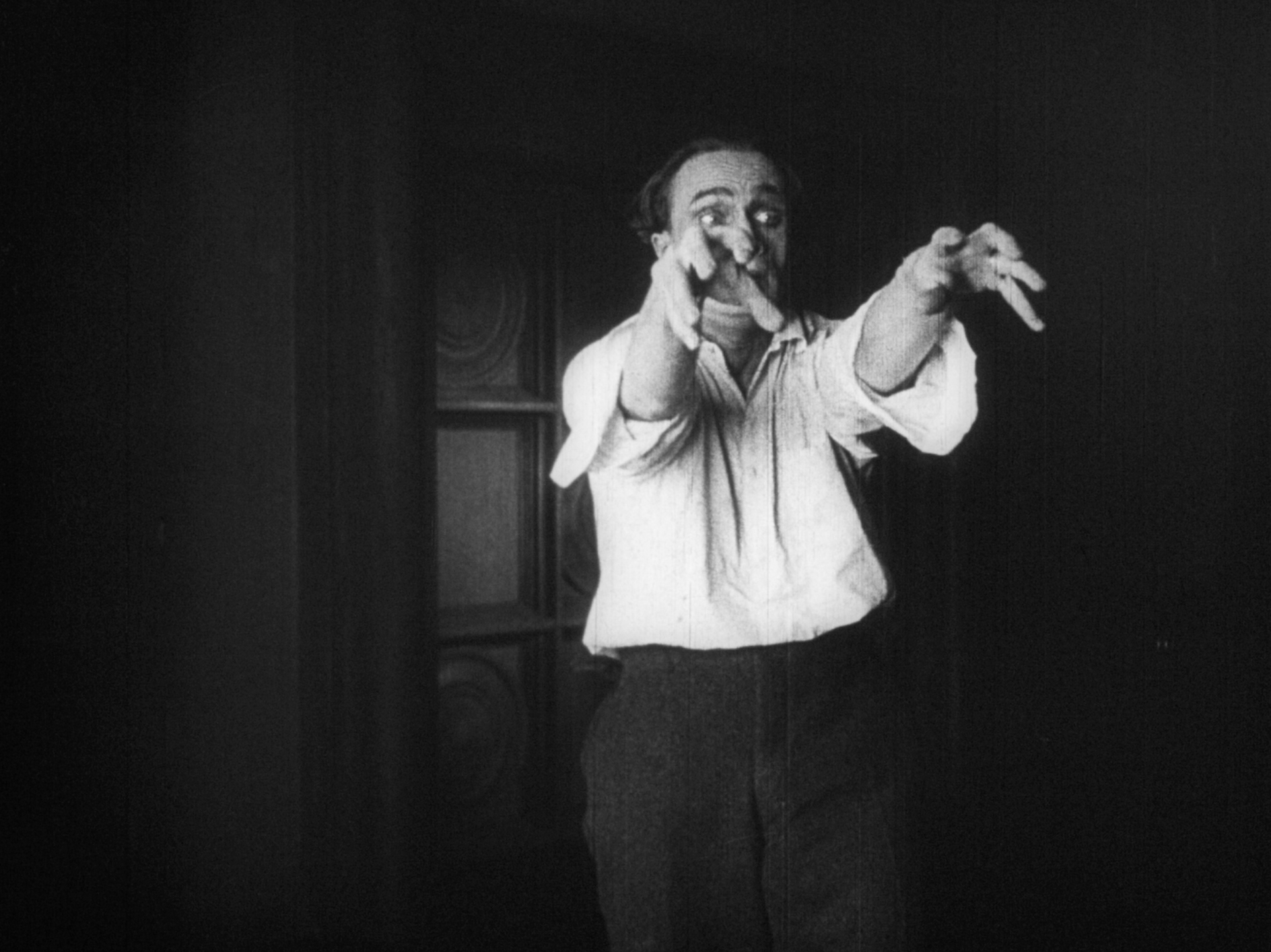

Nerves (1919)
![Nerves (Nerven) 1919 - Visual Highlights [non-official trailer] - YouTube](https://i.ytimg.com/vi/DueiM5d5ccw/hqdefault.jpg)
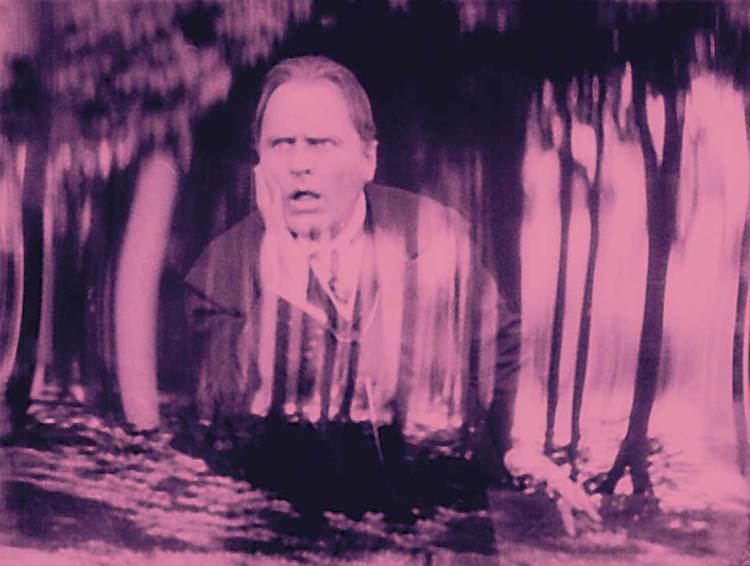
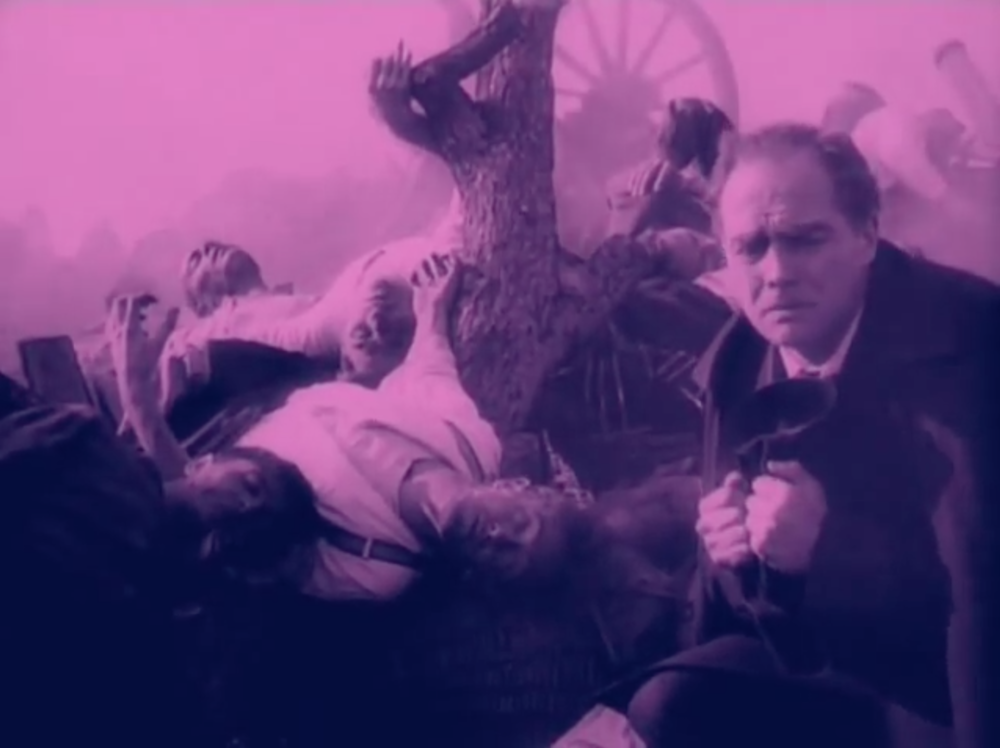
German Expressionism-
German Expressionism and the Weimar Republic-
The Weimar republic was Germany’s government from 1919-1933. It was named after the small town where the new government was formed after the abdication of Germany’s Kaiser, Wilhelm II. They were developed as a result of Germany’s isolation after the war, as well as their ban on foreign films. There was a lot of anxiety and distrust felt by younger German artists towards the new government, and they used these feelings to create unique and ground-breaking films. Due to having to repay large debts and reparations after the war, The Weimar Republic began to print more money, leading to hyperinflation and the suffering of innocent citizens due to the rising prices of goods and services.
The Expressionist Fine Art Movement-
Expressionism is an art movement that began in the 20th century, instead of focusing on realistically depicting their subjects, Expressionists focused subjectively depicting their subject with more emotion. This is often done using jarring colours and jagged, distorted and rough brushstrokes in artworks. In German Expressionist cinema, these aspects are most notable in the set design, costumes, and makeup.


UFA-
UFA (Universum Film-Aktien Gesellschaft) is a German film company most known for its work during the silent era. It was formed in 1917 and aimed to promote German culture, creating mostly historical costume dramas. These films had a high technical quality and utilised experimental and imaginative camerawork. By 1923, Hollywood films began to become more popular in Germany, leading to a financial crisis for UFA as they had just merged with another German studio. In 1927, UFA was bought by Alfred Hugenberg, a supporter of the Nazi party who forced UFA to create more films promoting German Nationalism. After the Nazi party came into power, UFA’s films were still popular with the German population but production costs and a shrinking international market all began to effect German filmmakers working under UFA. After the war, UFA fell into debt and ruin, being left as mere shares in a group of German banks. In 1964, Manfred Köhnlechner acquired UFA’s shares and attempted to revive the company. Nowadays, UFA is a subsidiary of the RTL Group, and have 4 active production units.
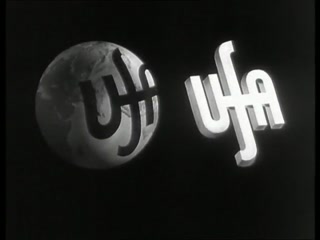
Classic German Expressionist Films-
The Testament of Dr Mabuse- (Fritz Lang, 1933)

Faust- (F W Murnau, 1926)
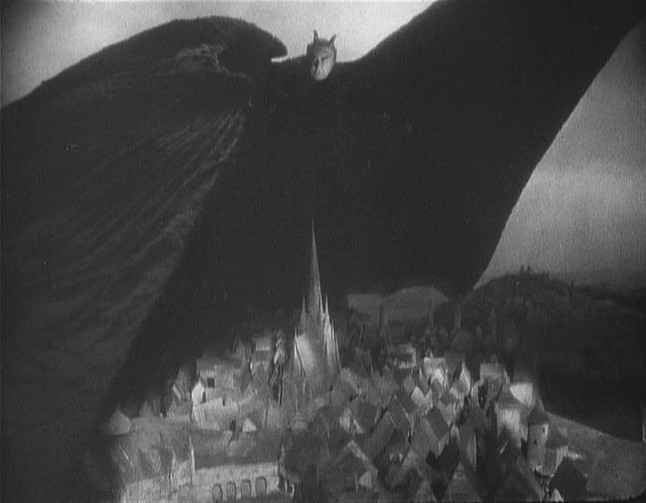
Destiny- (Fritz Lang, 1921)

Influence on Hollywood Film Noir- (40’s, 50’s, 60’s)
Double Indemnity- (Billy Wilder, 1944)
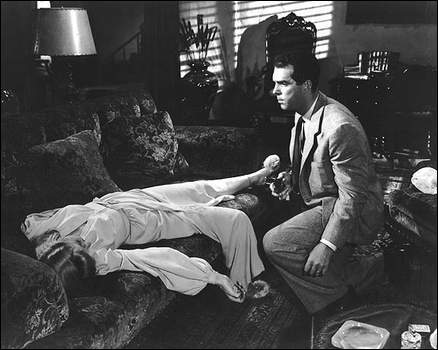
Strangers on a Train- (Alfred Hitchcock, 1951)
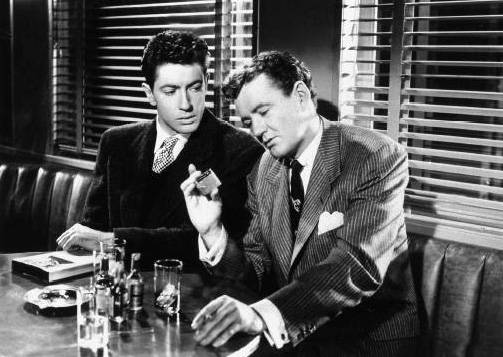
Touch of Evil- (Orson Welles, 1958)
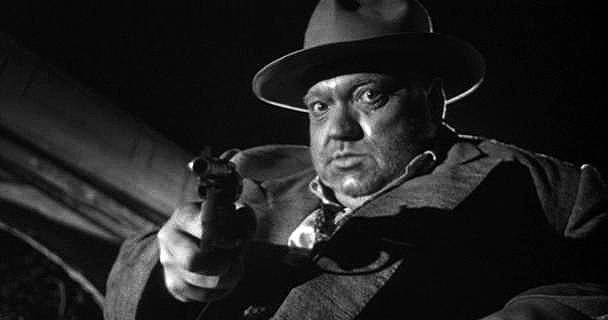
Influence on Contemporary Cinema-
The Babadook- (Jennifer Kent, 2014)
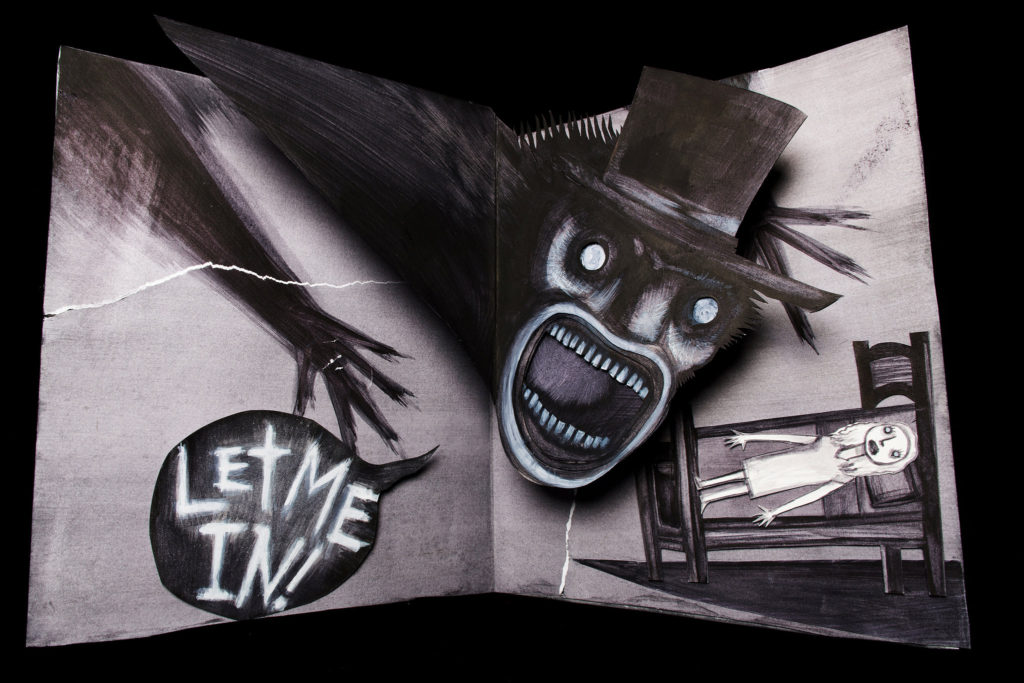
The Babadook is visually inspired by German expressionism. The physical form of The Babadook has similarities of notable characters from German Expressionism, like Cesare (The Cabinet of Dr Caligari) and Gwynplaine (The Man Who Laughs), with a memorable face, done through the use of dark makeup, that will be burnt into the audience’s memory.

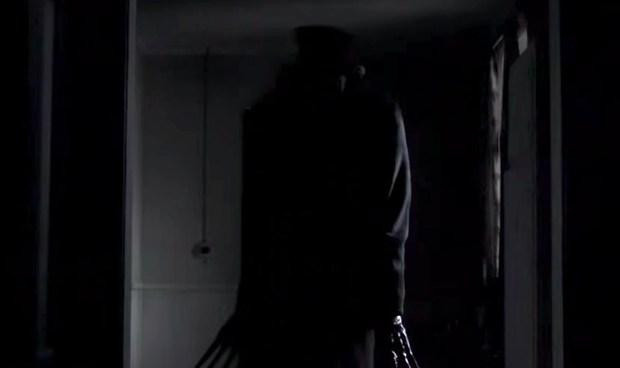
The main house in The Babadook may not have the distorted and unrealistic design like in original German Expressionist films, however through the use of cinematography and lighting techniques, Kent is still able to evoke a sense of unease within the viewer.
Edward Scissorhands- (Tim Burton, 1990)

Burton gives Edward a style inspired by German Expressionism to make him contrast the look of the white suburban community he has been placed into. He looks strange to both the audience and the people around him, showing off the strangeness of the expressionist aesthetic.
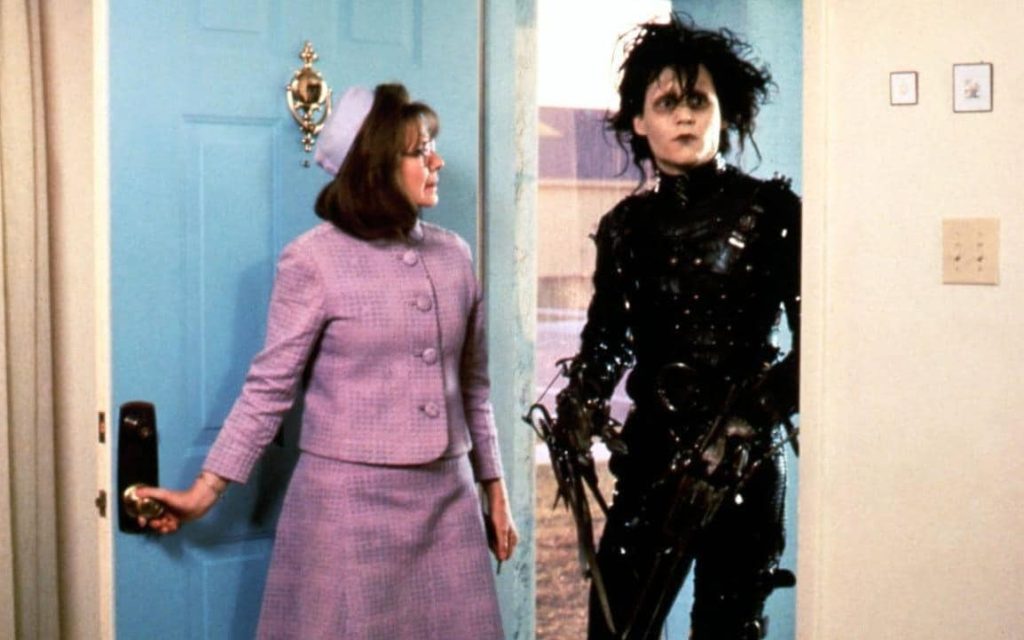
The concepts explored are also reminiscent of Expressionist films, using metaphors to tell a story deeper than it initially seems- Edward’s struggling attempt to fit into the society presented to him was inspired by Burton’s childhood. German Expressionist films often show how people can become monsters- often murdering the people around them, Edward Scissorhands reverses this concept, showing how a ‘monster’ can be human.
German Expressionism: task 1
‘Explain how the political, social and economic context of the Weimar Republic affected the production and context of classic German Expressionist Cinema’
During the Weimar Republic [after WW1 ended], Germany began constricting the type of films that were released, banning any film that wasn’t German which encouraged more German films to be produced. However, due to the unstable economic situation during Weimar, production companies were unable to create large, intricate sets or hire large casts [smaller production companies in particular were struggling] as it would often lead them to bankruptcy. This led to them experimenting with new ways to create films in a variety of genres in order to reach the biggest audience they could, eventually leading them to create unrealistic sets with exaggerated movements being used by actors which would later be labelled as German expressionism

German Expressionism: Expressionist Art
-started to become established in Germany in 1910
-valued expressionism over impressionism
-Expressionism was popular in Germany and Austria
-Expressionism went against the constraints of tradition
-Post war expressionist art drew on the emotions of the people
-The movement started to fade in 1933 after Hitler’s Nazi party rose to power
Common themes:
-bold use of colour
-inspiration from non-western cultures
Examples:
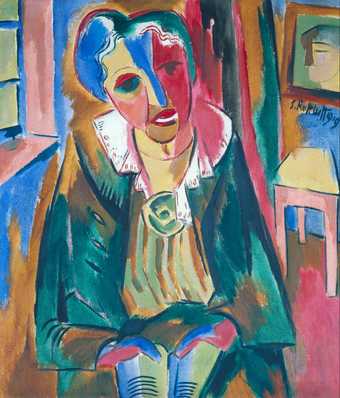




German Expressionism: Weimar Republic
-1914 cinema becomes established (1500 approx cinemas)
-social and economic devastation after war led to slump
-Germany’s political and economic instability post war led to a new culture later described as “German Expressionism”
-In the 1920s cinema started to spike as people started to seek out escapism from the economic problems
-German Expressionism cinema tended to explore darker themes like crime, social decay and the destructive powers of money and technology
-German Expressionism gave birth to two new genres of film: Gothic Horror and Film Noir
Source: https://alphahistory.com/weimarrepublic/weimar-cinema/
German Expressionism: task 4
‘Name at least 3 other films identified by critics as classic German Expressionist films + Illustrations’
3 films that have been identified as classic German expressionist films are:



